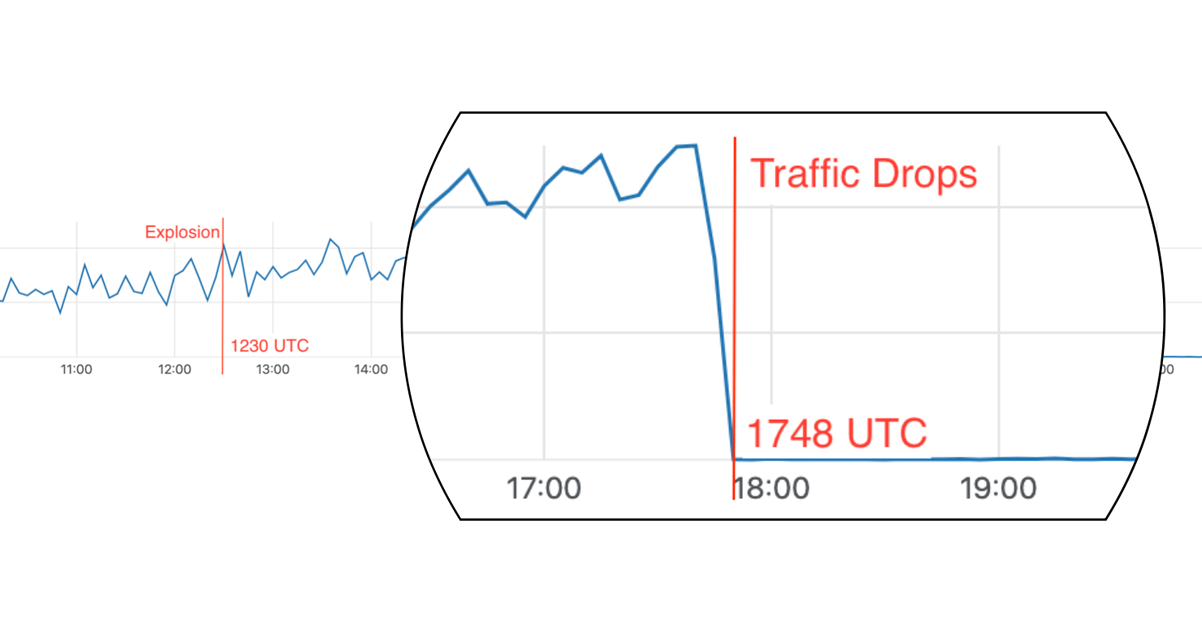Disaster recovery lessons from an island struck by a hurricane
(A hurricane devastated an island that held two data centers controlling mission-critical systems for an American biotech company. They flew a backup expert with four decades of experience to the island on a corporate jet to save the day. This is the story of the challenges he faced and how he overcame them. He spoke on the condition of anonymity, so we call him Ron, the island Atlantis, his employer Initech, and we don’t name the vendors and service providers involved.)Initech had two data centers on Atlantis with a combined 400TB of data running on approximately 200 virtual and physical machines. The backup system was based on a leading traditional backup software vendor, and it backed up to a target deduplication disk system. Each data center backed up to its own local deduplication system and then replicated its backups to the disk system in the other data center. This meant that each datacenter had an entire copy of all Initech’s backups on Atlantis, so even if one data center were destroyed the company would still have all its data.To read this article in full, please click here




 Its supposed to enable change but reality is about preventing change.
Its supposed to enable change but reality is about preventing change.

